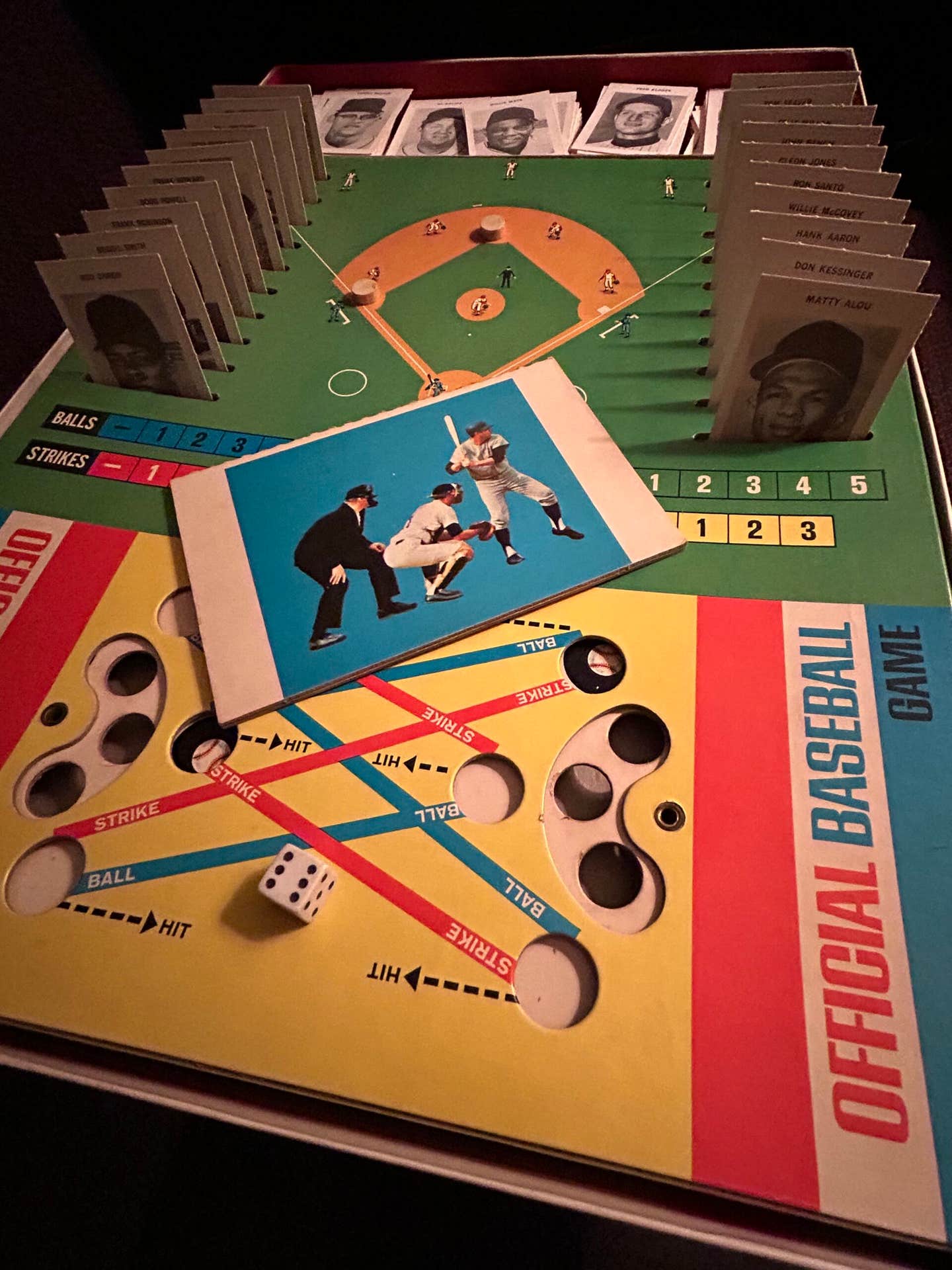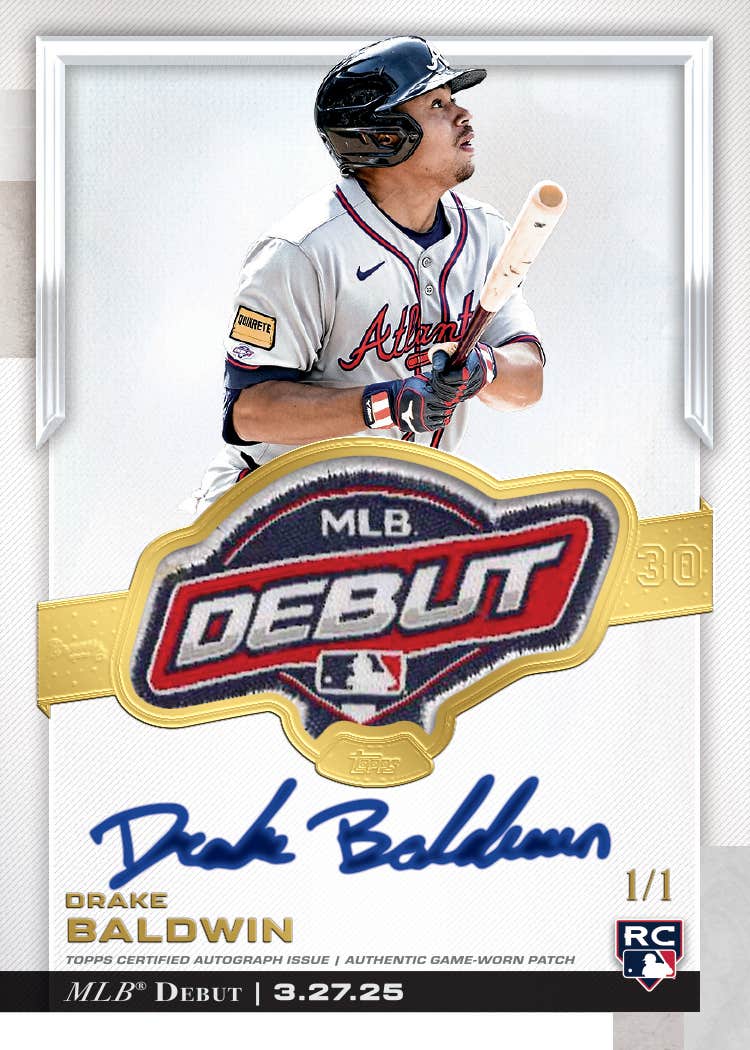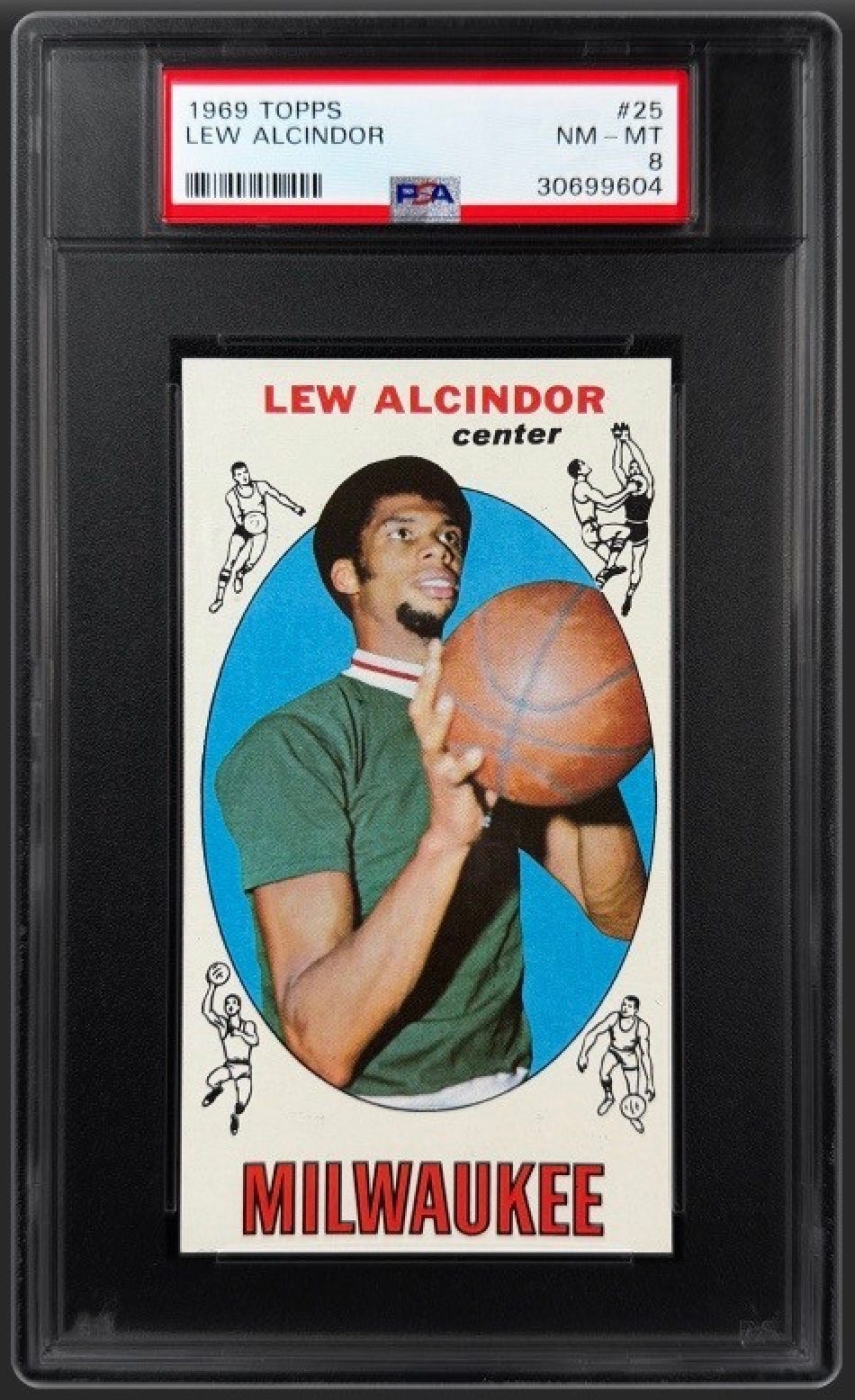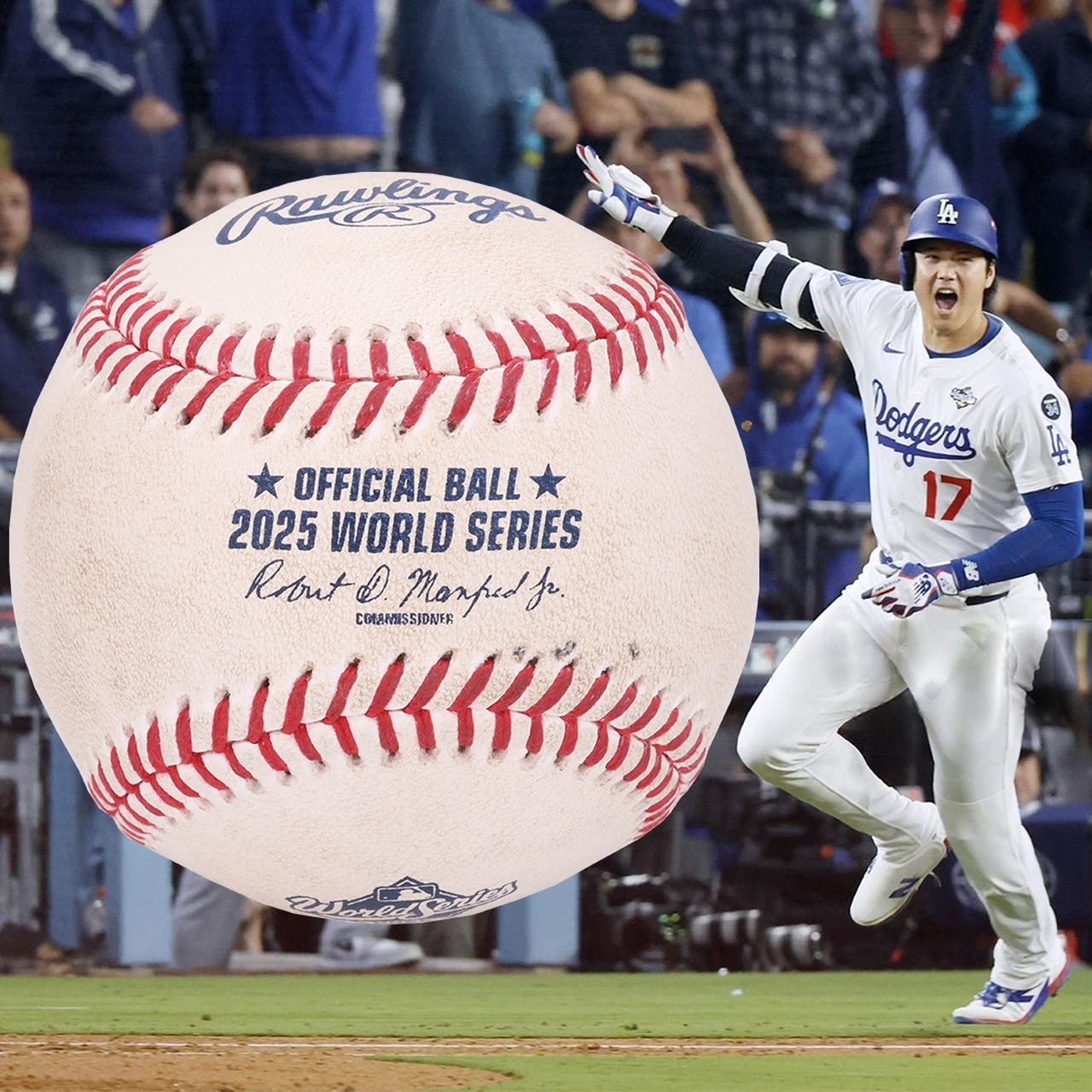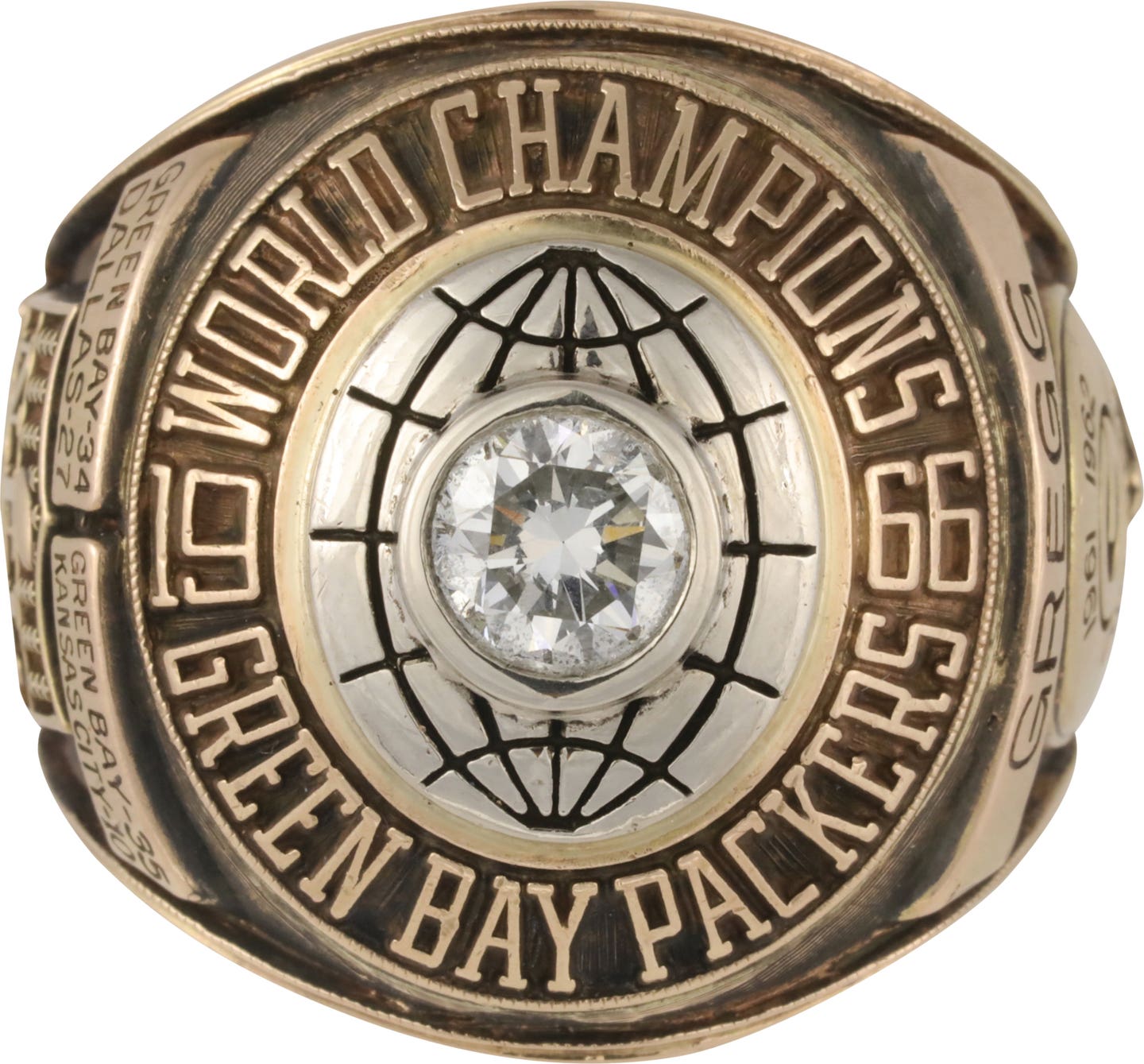News
Frank Robinson One of MLBs greatest overshadowed heroes
It probably wouldn’t be fair to Frank Robinson to draw an analogy to the legendary comedian Rodney Dangerfield who made a career out of his alleged inability to get any respect from just about any direction.
Certainly one of the greatest players of perhaps the most storied era of postwar Major League Baseball, Frank Robinson’s contributions to the game, both as a great hitter and later as a pioneering manager, are not overlooked as much as they are, let’s say, maybe misunderstood.
A Washington Nats player is said to have asked the Hall of Famer in 2005 if he had ever played in the major leagues. As unsettling as that may seem at first blush, it may say a lot more about that particular player or even modern players in general than it does about Frank Robinson.
The only man in MLB history to win the Most Valuable Player Award in both leagues was named the American League’s Manager of the Year nearly a quarter-century later in 1989, and then a mere 16 years after that, a Sports Illustrated poll of 450 major league players earned him the first of two consecutive selections as the worst manager in baseball.
Given the earlier nod to his managerial abilities, I’m going to lean toward the positive assessment, opting at least for the moment to believe that the harsh determination of a much younger generation of ballplayers might be skewed a bit.
A fierce and fearless competitor who asked and gave no quarter, most notably in the batter’s box where he was plunked with alarming regularity, Robinson may have been saddled with the underappreciated assessment for no other reasons than that ill-fated trade engineered in December 1965.
One of the National League’s great dinosaurs, Cincinnati owner Bill DeWitt, earned himself a dubious distinction in the historical record by deciding that his 33-homer, 100-plus RBI outfielder was “an old 30” following the 1965 campaign and disastrously sent him to Baltimore in exchange for Milt Pappas, Jack Baldschun and outfielder Dick Simpson. If that sounds bad today, you can only guess how it sounded in 1966.
I was of the mind in those days – and for several decades to come – that the National League was distinctly superior to the American League. I based that conclusion on a number of factors, not the least of which was National League dominance in the All-Star Game, allegedly an exhibition game but one in which this particular 16-year-old (1966) regarded as only slightly more important than that spooky roundup of Cardinals (the Catholic variety, not St. Louis) where they decide about who gets to be the next pope.
Frank Robinson’s 1966 campaign in a brand-new league did nothing to dilute that haughty view. Socking a career-high in homers with 49, Robinson logged the first Triple Crown season in the American League in a decade, and the Orioles found themselves in the World Series that fall just in time to smoke the Dodgers in four straight.
He socked a pair of homers off Don Drysdale in that odd Series where the Dodgers managed two whole runs in four contests. The estimable Drysdale and the peerless Sandy Koufax were by that time fairly accustomed to working miracles with modest run support, but that challenge seemed a bit too much even for them. Frank Robby ended up being named the MVP of the World Series.
“I think our 1966 ball club was underestimated,” said Robinson in a 1990 interview in SCD. “They said we didn’t belong on the field with the Dodgers in the 1966 Series. I think what happened in that Series was that our offense was able to score just enough runs to win four games,” he continued. Actually, they scored 13 runs all told, though six would have been enough to do the trick by virtue of three shutouts by Jim Palmer, Dave McNally and Wally Bunker.
It was Robinson’s second appearance in the Fall Classic; he had been the National League MVP in 1961 as that ball club fell in the World Series to that season’s behemoth New York Yankees squad.
Like his contemporaries Henry Aaron, Willie Mays, Roberto Clemente and Mickey Mantle, Robinson was remarkably consistent from year to year, making that grotesque 1965 trade by DeWitt all the more confounding.
And if anybody thought it was a fluke – really, nobody who wasn’t under the influence of lysergic acid diethylamide might have embraced such nonsense – Robinson put it to rest as he teamed with fellow Hall of Famer Books to make the Orioles the first American League dynasty not home-based in the Bronx in nearly 40 years.
It’s that string of trips to the World Series – four times in six years – that probably had more to do with Robinson’s being recognized more as an Oriole than he is as a Red, despite the fact that he played 11 seasons in Cincinnati, all of them in his prime. Remember, he was an “old 30” as the new year arrived in 1966.
“I think the main reason I’m identified with Baltimore is, with the six years I spent there as a player, we won four pennants and two World Series,” he said. “That’s what it’s all about; that’s what is enjoyable. That’s why you play the game: to win.”
A pioneering manager, too
After late-career sorties to California, Los Angeles and Cleveland, that final trade by the Angels opened the way for the 1956 National League Rookie of the Year to make baseball history by becoming the game’s first black manager prior to the 1975 season.
He was technically a player-manager, but the “player” qualifier was dropped when he hung up his spikes after the 1976 season. His Hall of Fame status had only been a lock for a little more than a decade by that point; his numbers are so extraordinary that they boggle the mind that their volubility could be so limited after nearly four decades.
He was fourth on the all-time home run list by the time the last of his 586 home runs was recorded that year; now he’s either eighth or perhaps fifth, depending upon your willingness to embrace career totals that may have been chemically enhanced in the gruesome steroid era.
He narrowly missed 3,000 hits, ending up with 2,943, and all those safeties helped produce more than 1,800 runs and a similar number of RBIs. It must have been hard for Manager Robinson to resist the temptation to pencil in Player Robinson into the lineup in 1977.
And that, after all, was often trotted out as the explanation for his lifetime mark as a manager of “only” 1,065 wins and 1,176 losses. His record as a skipper included that historic stretch at Cleveland from 1975-77, then San Francisco from 1981-84 and then back to Baltimore from 1988-91. After a stint working for Major League Baseball as its ominous-sounding director of discipline, he was offered the helm of the beleaguered Montreal franchise that MLB ended up commandeering prior to moving the Expos inside the Beltway and giving them a new name.
Like so many of the game’s upper-tier Hall of Famers, Robinson was often thought to be too much of a perfectionist to be a MLB manager, expecting mere mortals to be able to do the extraordinary things that he had done on the field.
Add to that hackneyed bit of conventional wisdom the normal disconnect that you might find between Generation X, Y or Z types and a man born in the middle of the Great Depression, and it’s fairly easy to discount that snarky 2005 Sports Illustrated poll.
But I guess a guy who can stand in against a Bob Gibson heater probably wouldn’t find himself too dismayed by anonymous polling results.
Besides, he did OK in the 1982 polling that installed him in Cooperstown.
To check out Frank Robinson card pricing, click HERE



